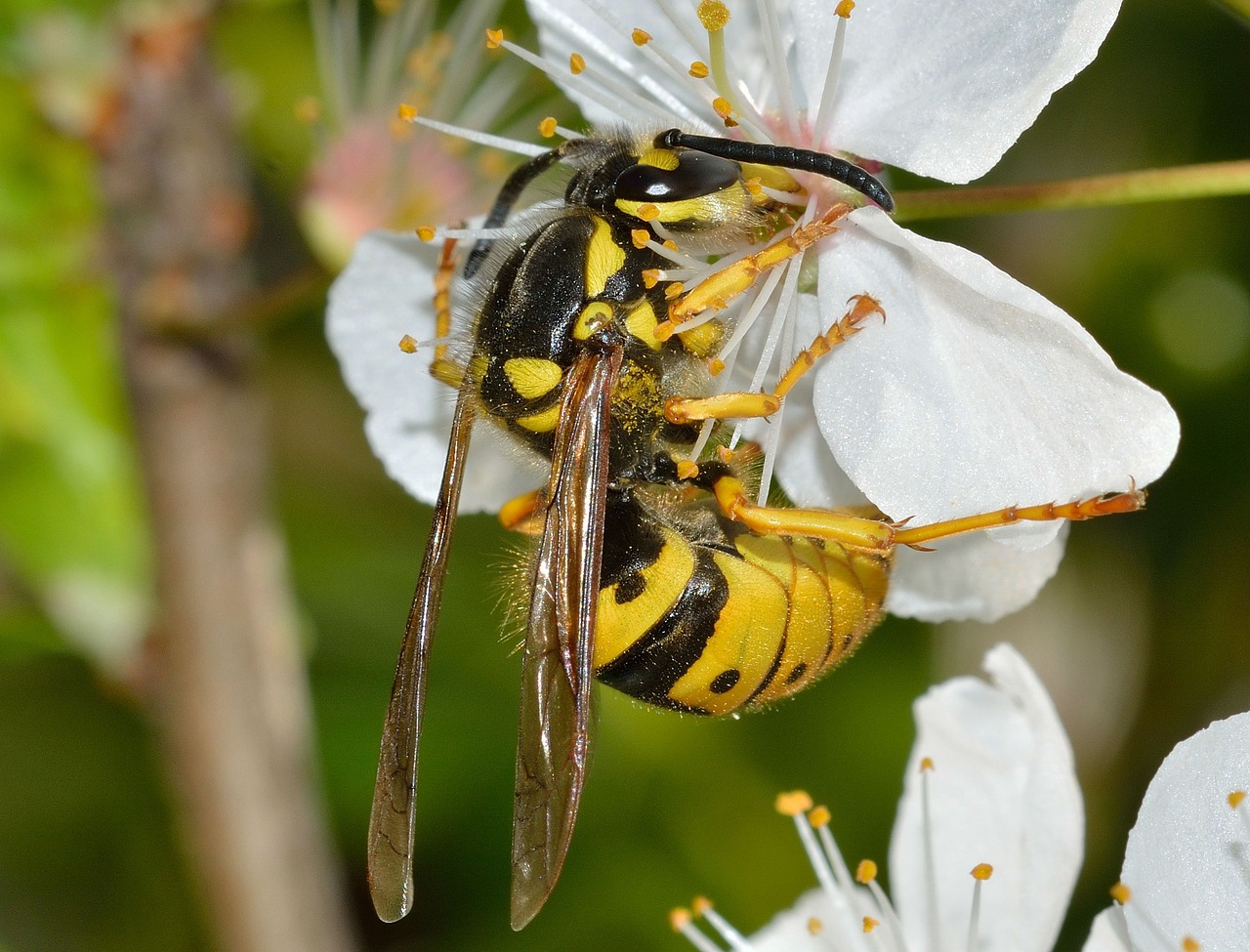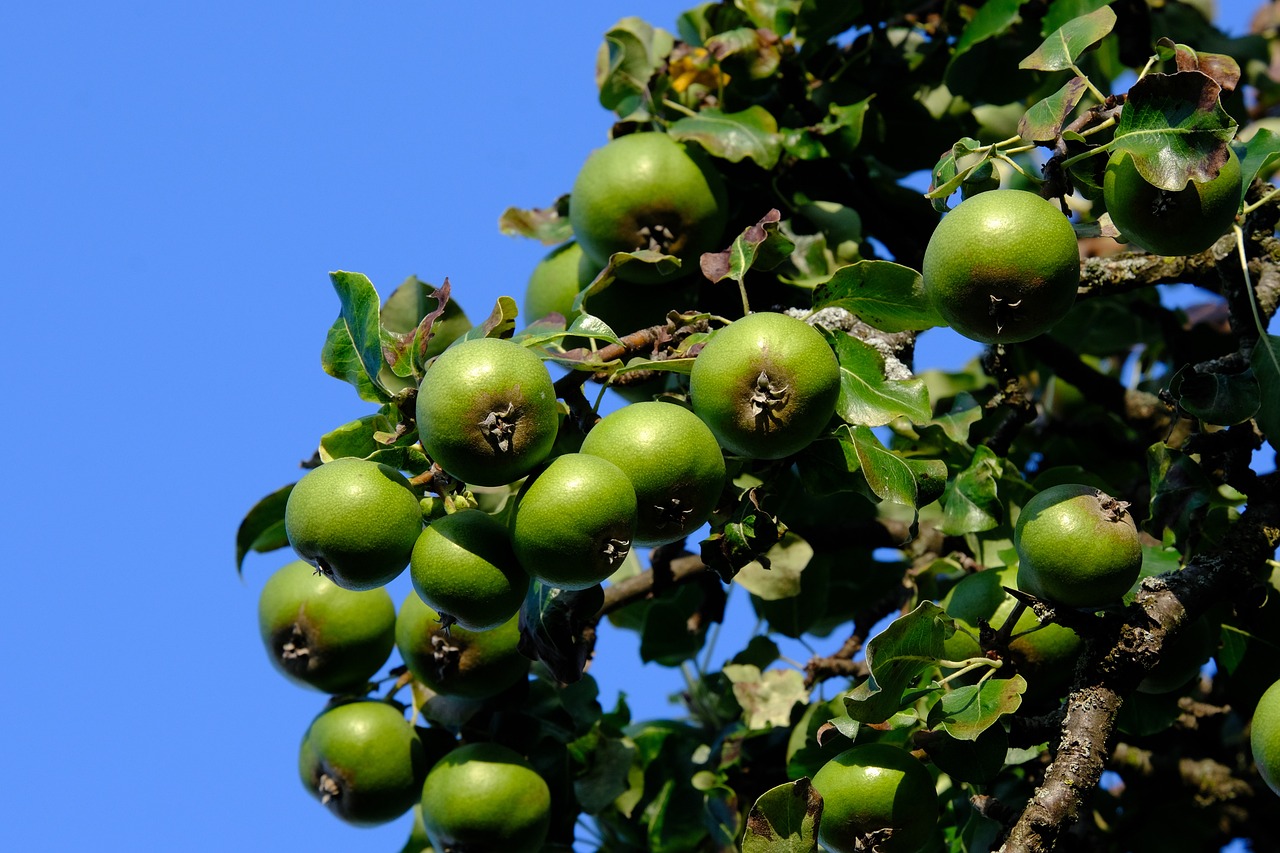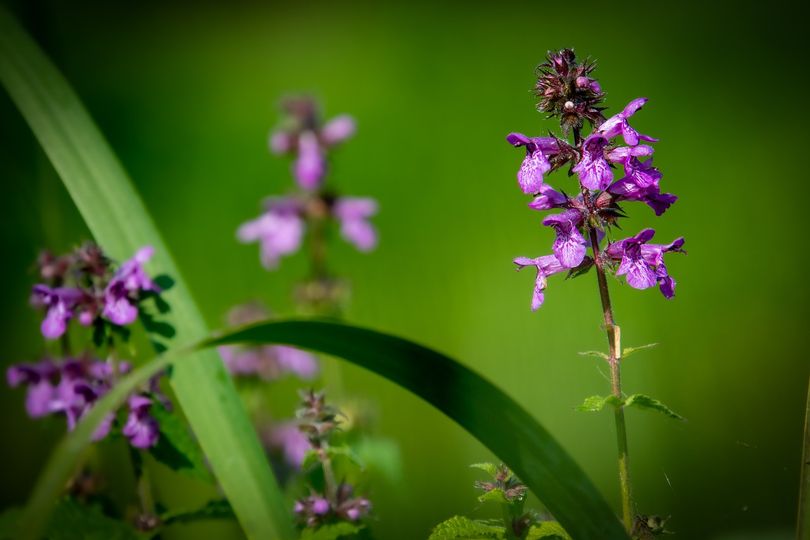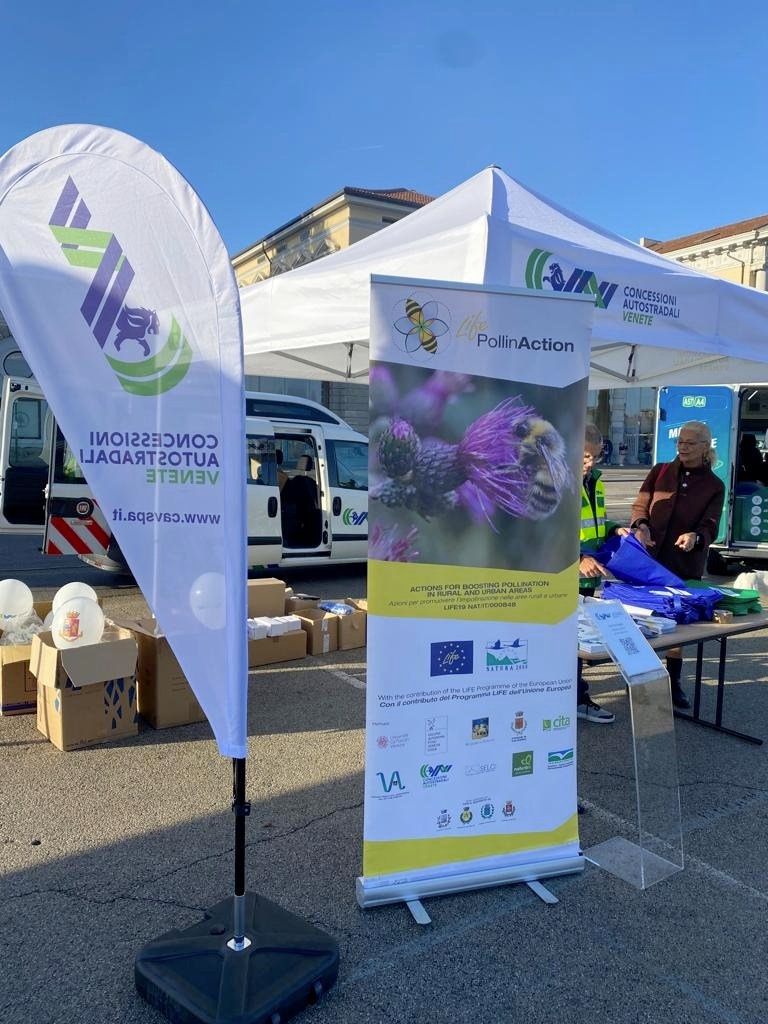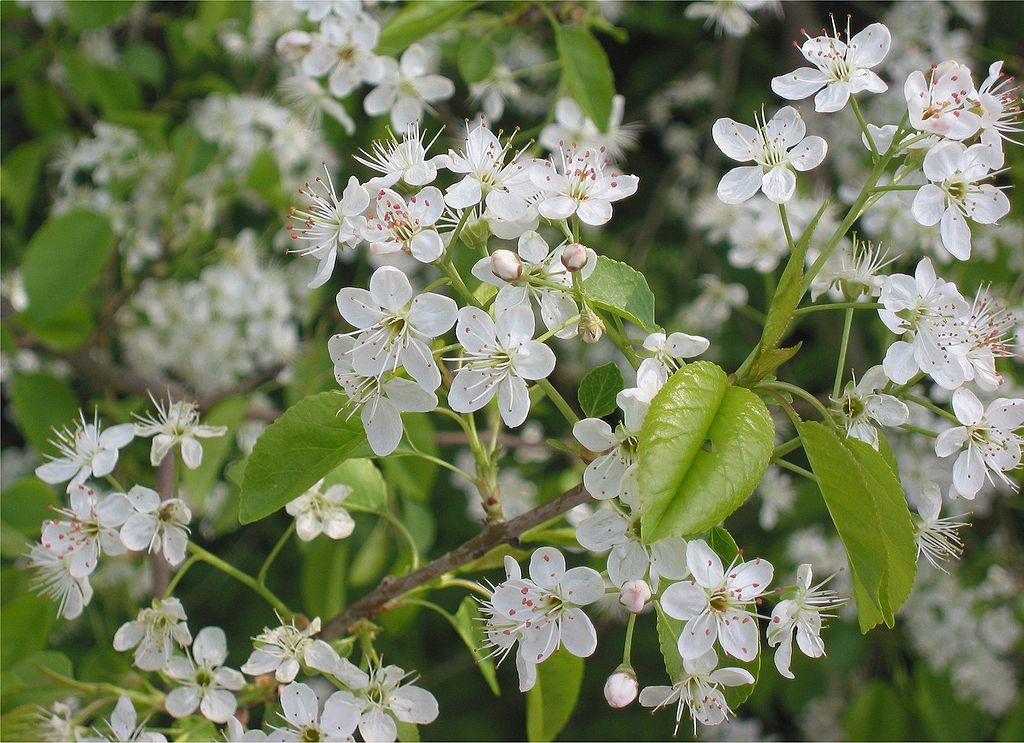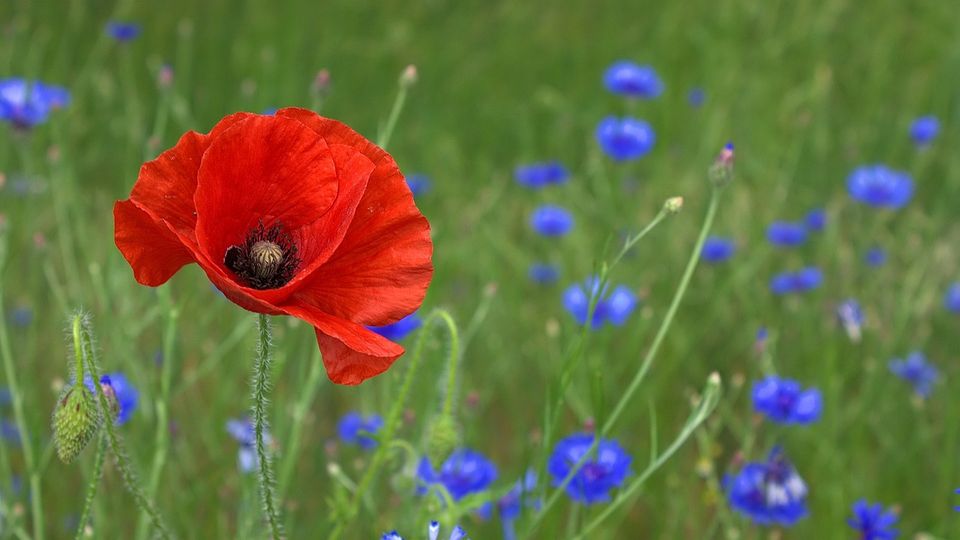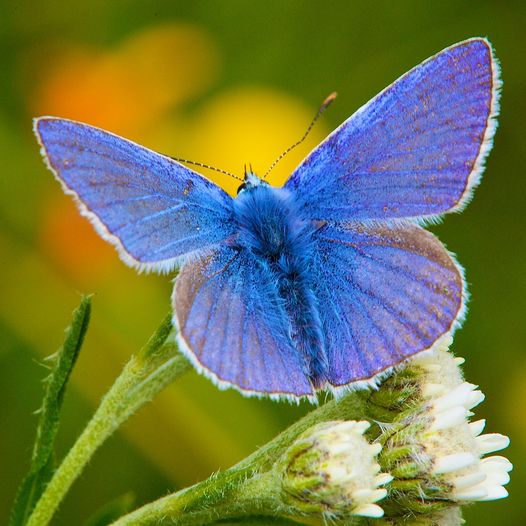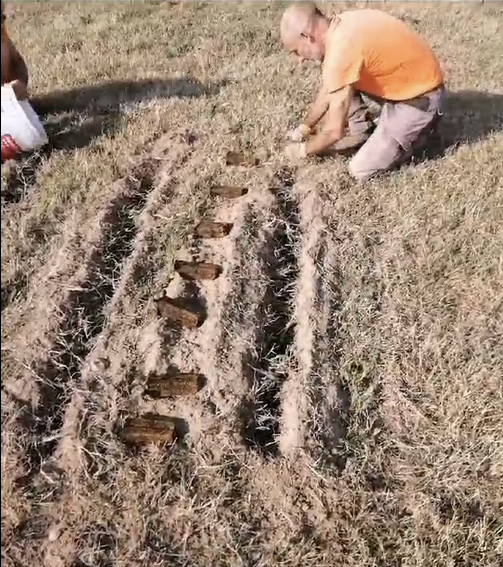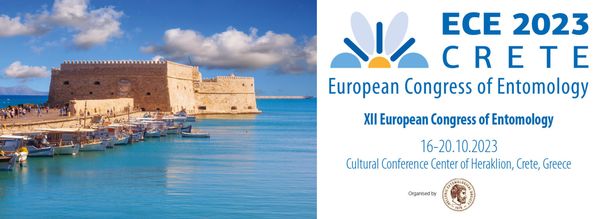Vespula germanica
lifepollinaction2023-11-29T09:00:49+01:00Vespula germanica Fooled by an orchid! Vespula germanica is a wasp in the family Vespidae, with the typical yellow and black banding. In spring, the queen wasp begins to build a new grayish nest in tree cavities or in the ground, but also in buildings. The nest can house up to 7,500 wasps! With the arrival of winter, only the new queens will survive. These wasps use nectar or honeydew from flowers as a source of energy, but they also feed on carrion, fruit, and arthropods, including caterpillars. Did you know? The flowers of the orchid Epipactis helleborine produce odorous [...]


